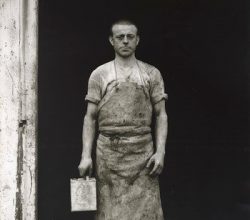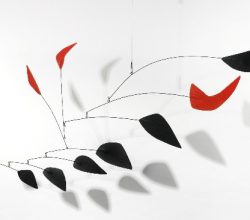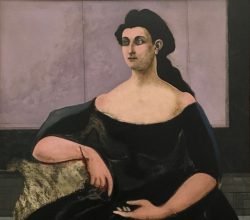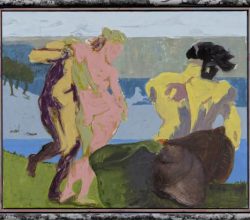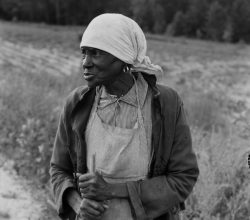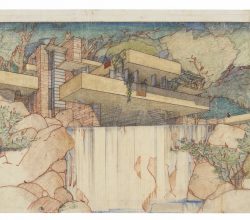
A new window into Wright
Blair Kamin | Chicago Tribune | 11th June 2017
“World’s greatest architect” Frank Lloyd Wright once declared of himself. Wright’s many projects often drew on a central idea – “organic” architecture that harmonised people and the landscape. “Despite Wright’s mothlike attraction to the flame of celebrity, he was deeply engaged with the essential question of how buildings can uplift the lives of individuals and communities.” Images and a video (4 min) are here.

